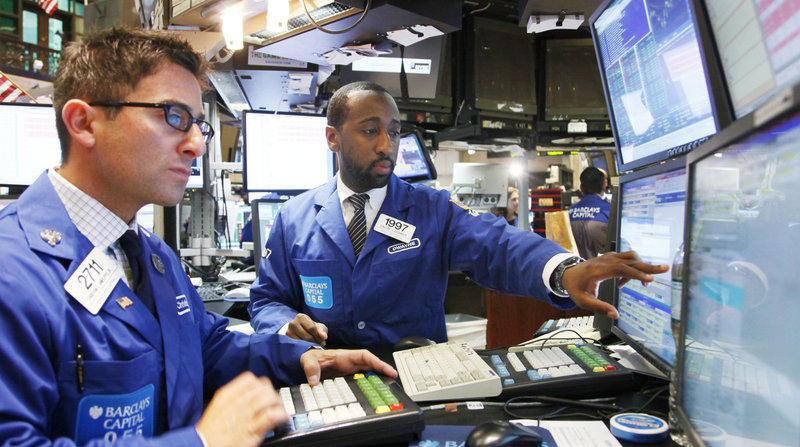CHICAGO – The economy is weakening, home sales are plunging and stocks are on a long slide. Now comes something even scarier for investors – the beginning of what is traditionally the worst month in the market.
Could stocks be headed for another September swoon?
“If history is any guide, for it’s never gospel, we may be in for another rough ride,” says Sam Stovall, chief investment strategist at Standard & Poor’s.
Mutual fund managers tend to clean house after Labor Day, taking profits on winning stocks and weeding out portfolios before putting out the rosiest possible end-of-quarter reports for their clients.
Workers coming back from summer breaks are also inclined to sell stocks as they get their financial affairs in order. Any festering issues with the economy or stocks during the summer, when trading volume is light, tend to get put off until fall.
The result: September is usually a dog of a month for the market. It typically starts with solid market increases, then tails off, says Jeffrey Hirsch, editor-in-chief of the Stock Trader’s Almanac.
“There’s just a general selling bias in the month of September,” he says.
Four times in the past decade alone, the S&P 500 shed at least 5 percent in September. The average September decline since 1950 is 0.6 percent, according to the Stock Trader’s Almanac. February is the next worst, with an average 0.2 percent loss, and December and November are the best, averaging 1.6 percent gains.
Of course, investors haven’t forgotten that the financial world collapsed in September just two years ago.
This year, there’s a lot to frown about. The S&P 500 index is down 14 percent from its high in April, and 5 percent for the month of August alone as of Tuesday afternoon.
Stocks have fallen because the economic recovery is faltering. The economy has slowed to anemic growth, home sales the last three months are the worst on record, consumer spending is lackluster and unemployment is stuck near 10 percent.
The slew of weak economic data sapped the market of what little midsummer momentum it had and further shook the confidence of already wary investors.
“I don’t think it would take a whole lot to get investors to start selling and consumers to start pulling back again,” says Mark Zandi, chief economist at Moody’s Economy.com. “The collective psyche is on edge.”
Federal Reserve Chairman Ben Bernanke said last week that the central bank is ready to take additional steps to boost the economy, including buying more debt or mortgage securities in order to keep interest rates low.
But with the benchmark interest rate already near zero, any Fed action is unlikely to provide the oomph of past measures – and Congress doesn’t appear to have an appetite for another stimulus package.
Send questions/comments to the editors.



Success. Please wait for the page to reload. If the page does not reload within 5 seconds, please refresh the page.
Enter your email and password to access comments.
Hi, to comment on stories you must . This profile is in addition to your subscription and website login.
Already have a commenting profile? .
Invalid username/password.
Please check your email to confirm and complete your registration.
Only subscribers are eligible to post comments. Please subscribe or login first for digital access. Here’s why.
Use the form below to reset your password. When you've submitted your account email, we will send an email with a reset code.